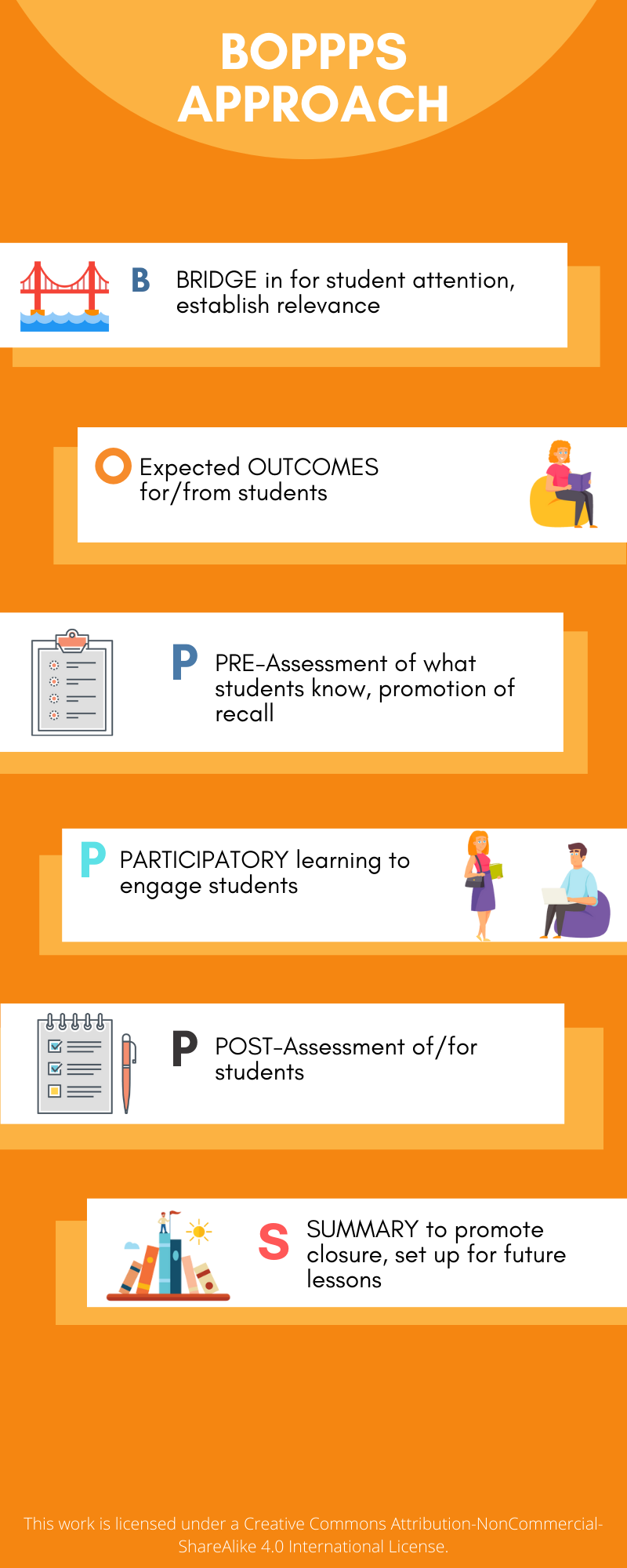Amy Severson
Amy is an instructional designer for the Emergency Management Division.

Anatomy of a Lesson Plan
This post is modified from a presentation by Amy Severson.
What is a lesson plan?

Figure 1: Tour Map of London. Tripomatic.com, CC BY-SA 3.0, via Wikimedia Commons
Like a walking tour, a lesson plan provides a guideline with key points to visit, sharing expected timelines and scope of the day. Each delivery will be a little different, but the students will still see, for example, St. Paul’s Cathedral and Trafalgar Square, but not Windsor Castle.
It should answer the following questions:
- What should they learn?
- Why should they learn about this?
- What should they do to learn?
- How will they demonstrate their learning? How long will it take?
The structure of an online course, which will likely have content, assessment, designated activities and general direction about how to proceed, fills much the same function.
There are many different approaches to the development of a lesson plan, with lots of overlap. Let’s look at two commonly used examples.
Two Approaches: Similar structure and outcomes
Lesson plans often start with the learning outcomes as a means of sharing where the lesson is headed (and why).This sets the the student expections, and can serve to define what is “out of scope.”
A hook or bridge-in may include a sorting activity related to the course, a question that students can’t (yet) answer, a mini-scenario, or dramatic image or video footage. It serves to grab interest (consider also the opening scene of plays or movies), and set the tone or framework for the rest of the lesson. It should therefore be related to the course content. A low-stakes pre-assessment (used to assess knowledge from pre-requisites) can be used as a hook, promote recall, or to expose knowledge gaps. It can also serve as an introduction to the assessment platform, or reduce “assessment jitters” for those who have not completed formal academic assessments for a while.


Further sections of the lesson plan structure the content in a laddered, logical manner, include activities to reinforce learning and the time to develop practice and meet stated learning outcomes.
The careful organization of these steps, and discussion time or solo reflection provides structured time to reflect and revise. It provides opportunity to build new learning on top of previous knowledge or experience. Some instructors may use a structured reflection: “Write down three things you learned/have questions about in three minutes.” Building time for students to revise an earlier activity (group or solo) gives them an opportunity to assess and record their progress or fill in blanks that came through class discussion or engagement.
More formal self-reflection may be an activity, performance checklist or a low-stakes quiz. This structured self-reflection sets up students to see how they have been able to apply knowledge and where there may still be gaps.
At the JIBC, courses that include a debrief may fulfil this function, and to remind students of how much they’ve covered (they may be tired after a day of learning), and how application can vary.
Lesson Plans at the JIBC
Why a lesson plan? Many JIBC courses may be taught by multiple instructors, or only once a year. A lesson plan supports consistency across instructors, so that students are getting comparable education. A lesson plan identifies key topics, so that each instructor can bring own style and background. Same plan, different instruction. This allows for both consistency and variety.
Timing notes are goalposts for yourself – if you get to the afternoon coffee break and you’ve only covered the content and activities from the first ¼, then that is not serving the students well.
Why? Consistency, structure without a script, time management, flow.
What you’ll see: 3 to 4 columns with: time allocation, topics or content outline, activity guidelines, discussion prompts, teaching goals, directions to supporting resources
Caveat: Each one will be different; different courses, intentions, styles.
Some Lesson Plans may include icons, italicized or underlined words to highlight key actions or reminders for yourself. You should be able to glance down and see where you are/ where going. Some will have optional discussion prompts.
Most will have a Resources column on the far right, aligning the PPT slides, Manual section, Video name or Quick Reference Guide you may refer to for more information.
Note that each lesson plan will be slightly different, based on the course delivery method (hands-on or in the field), different length of course (a one-day course will have a more detailed Lesson Plan than a five-day or 10-week course), or Instructional Objectives. Each class delivery will also be different, based on the knowledge and expectations of your students. Some may include optional discussion prompts or activities if there is a high-achieving class. But at their core, the lesson plans have timings, key topics, activities and directions to resources.
Make the Lesson Plan work for you
Make notes: depending on your teaching preferences, you may wish to add extra notes on how to conduct an activity efficiently, or on the content you wish to cover during a lecture portion of a class. Make sure you know where the referenced materials so that you have them on hand; makes for a smoother experience for you and the students, and room to focus attention on the learning. After the delivery, look back on the class through that lens; which discussion need more time, which parts were quickly resolved.
The lesson plan is structured to provide goalposts for yourself and the students, so you can bring your personal experience and knowledge to make the content come alive for the students.
Read it ahead of time (even if you’ve taught the course before)
Make sure you have required resources
Make notes
Here are a couple sample lesson plan templates to use as a starting point:
References
Wiggins, G., & McTighe, J. (2005). Understanding by Design: Vol. Expanded 2nd ed. ASCD.
University Library (2022, June 14). Instructional Support: BOPPPS Model: Introduction to Lesson Planning with BOPPPS https://libguides.usask.ca/boppps




